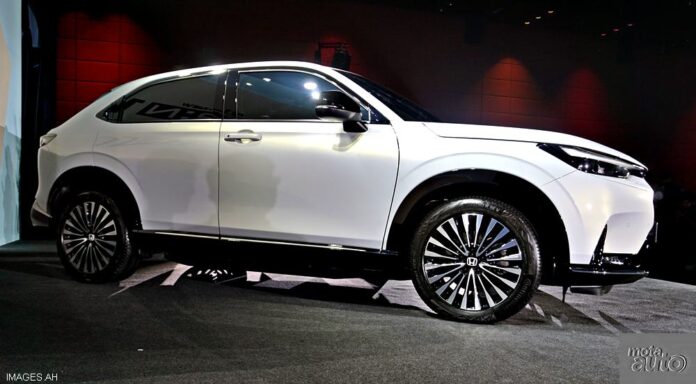Although Honda had some EV models available in 2022, Honda Malaysia did not join the rush to bring EVs into the market when the Malaysian government announced duty-free exemption for fully electric vehicles. Perhaps it was caution that made them hold back, waiting to see just how well EVs would be received and also the speed at which the charging infrastructure would develop.
Three years later, it is clear that the EV market is steadily growing – from 2,631 units in 2022 to 10,159 units in 2023 and 14,766 units in 2024. Not huge numbers (only 2% of the total number of new vehicles sold last year) but enough to confirm that more Malaysians are willing to switch.
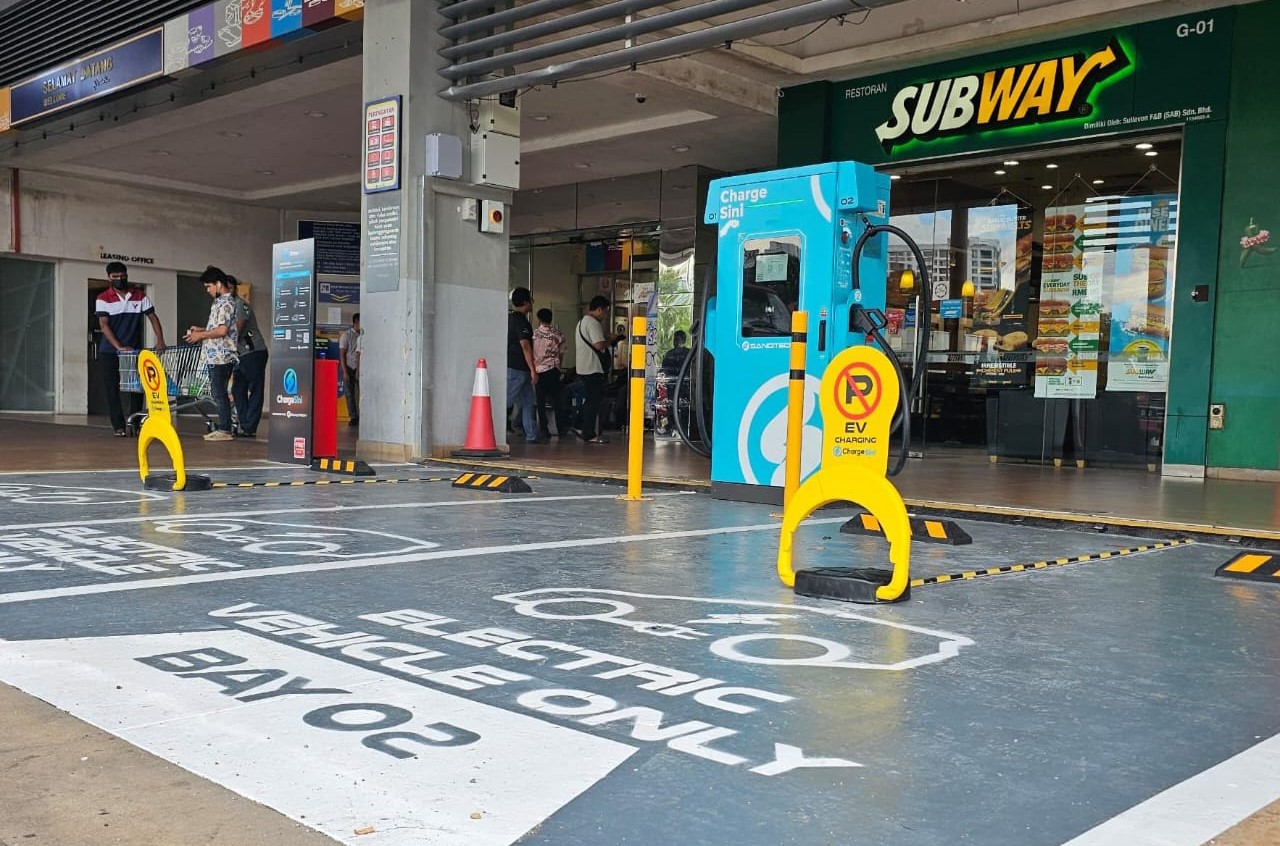
As for the charging stations, the government set a target of 10,000 charging points by the end of this year and the last we heard, around 35% of the target has been reached. Nevertheless, new charging stations are being set up every month and you can now drive an EV to the East Coast as well as in some parts of East Malaysia.
So conditions are looking positive and Honda Malaysia has decided to join the game. It’s not the first Japanese brand to do so, though, as Edaran Tan Chong Motor has been selling the Nissan LEAF (since the first generation back in 2012) and Lexus Malaysia also offers the RZ.

Honda Malaysia’s offering is the e:N1, which is part of an EV family that was developed in China with Dongfeng. This series has been on sale in China since 2022 and Honda plans to expand the range to 10 models by 2027. For the Malaysian market, another two more EVs will follow in the next two years.
For now, the company is taking a cautious step, unlike when it was willing to be the first to assemble a hybrid electric model (the Jazz Hybrid) locally in 2012. It has imported a ‘limited number’ from its factory in China and while there have already been a couple of hundred bookings accepted by the 8 EV-dedicated dealerships, it must be waiting to see just how many more units it can sell in the remaining months before the duty-exemption ends on December 31, 2025.
The price of RM149,900 is at the upper end of the segment it enters, where the Chinese brands have been locked in battle and discounting since the year began. The brand strength will draw loyalists and indeed, Honda has built up a strong following in Malaysia. There will be those who trust the brand which has been around for over 50 years (with cars) and willing to pay the extra money.

There’s also the greater trust in quality which has been proven over the decades. Sure, there have been recalls and technical issues from time to time – just like other legacy brands – but Honda Malaysia has resolved them quickly. Its efforts in the Takata airbag recall were commendable, with a lot of time and money spent to get owners to have the airbag inflator module replaced.
Honda Malaysia is also counting on this hard-earned trust to mitigate potential concerns related to the e:N1’s manufacturing origin in China. When asked if the origin would be an issue with Malaysians, Honda Malaysia’s new MD & CEO, Narushi Yazaki, responded with “It is made in our own factory,” indicating confidence that customers will get a vehicle with the same high quality standards that the brand has been known for.
The e:N1
Size-wise, the SUV measures 4380 mm in length, width of 1790 mm and a wheelbase of 2610 mm. Its roofline is at 1592 mm while ground clearance is 142 mm. This makes it almost the same size as the HR-V which is also available with an e:HEV (hybrid electric) powertrain.
![Honda e:N1 EV [2025]](https://www.motaauto.com/wp-content/uploads/2025/05/Honda-eN1-2025.jpg)
The e:N1 is built on the new e:N Architecture F, a front-wheel-drive platform with a high-performance electric motor, large-capacity battery for extended range and rigid body structure designed specifically for Honda EVs. The architecture can accommodate front-wheel drive, all-wheel drive and rear-wheel drive.
![Honda e:N1 EV [2025]](https://www.motaauto.com/wp-content/uploads/2025/04/Honda-eN1-EV-2025.jpg)
The e:N1 has a single motor driving the front wheels, with an output of 150 kW (204 ps)/310 Nm that can take the EV up to 160 km/h. It is powered by a 68.8 kWh lithium-ion battery which is said to give a driving range claimed to be up to 500 kms. An ECON driving mode, when activated, can help reduce power consumption.
Recharging can be done with an AC supply (up to 10 kW), with a 0% to 100% charge taking approximately 30 hours. With a stronger DC supply (up to 78 kW), a 30% to 80% charge is said to about 50 minutes.
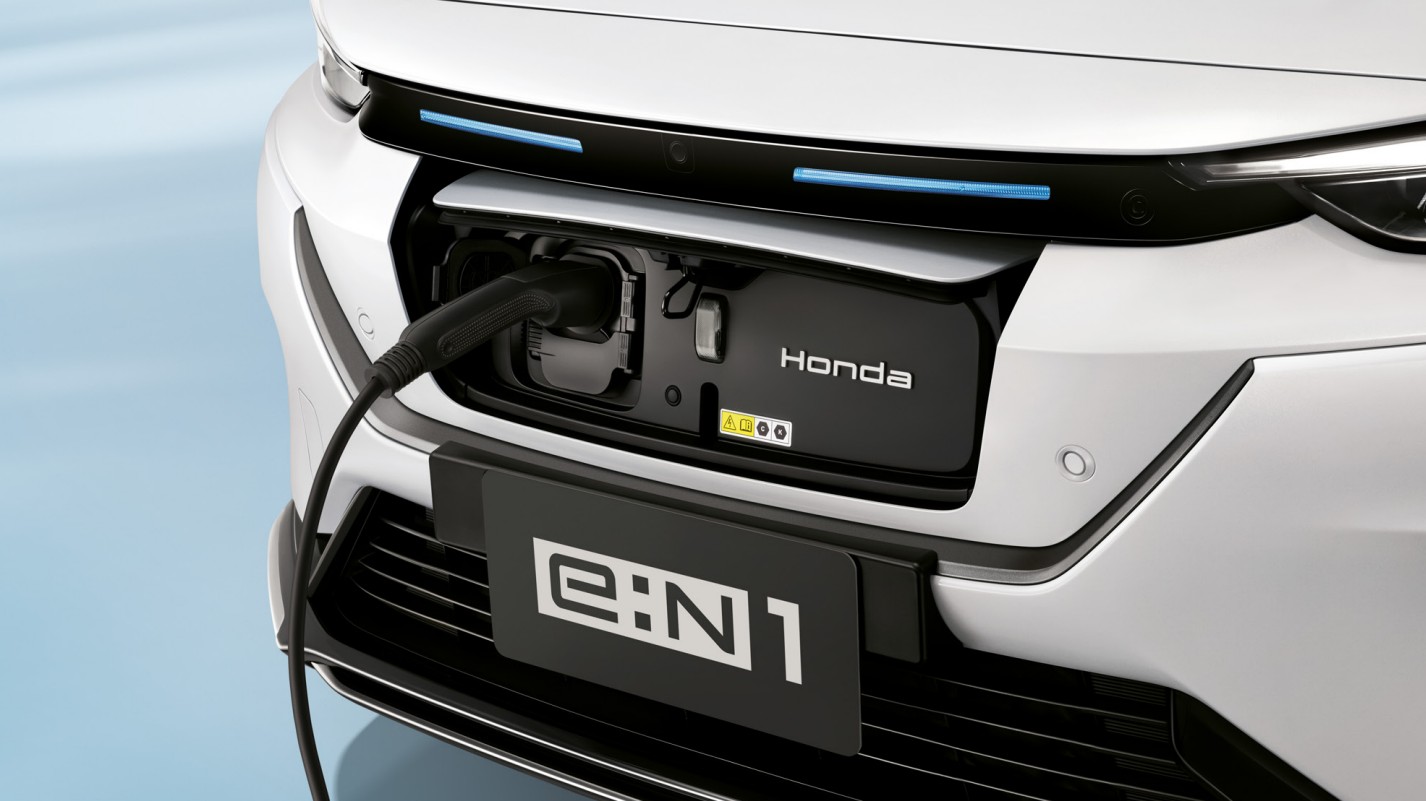
Reducing motion sickness
Those who have been in an EV will know that with maximum torque generated from standstill, the vehicle will surge forward and the strong torque also makes for surging movements that can cause some people to experience motion sickness. Honda is aware of this and has been working on measures to address the problem and the e:N1 is one of the models where these measures have been taken.
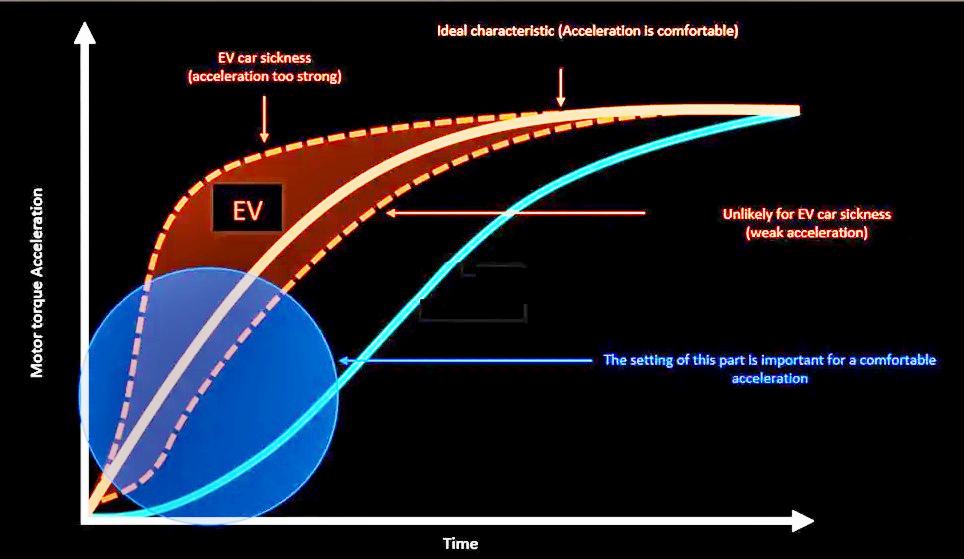
The measures taken involve reducing the surges by monitoring pedal angle, pedal angle speed and vehicle speed, and moderating the acceleration with throttle modulation. This makes acceleration more linear, like with a combustion engine, so the brain can cope better. However, Honda says that the measures do not affect performance.
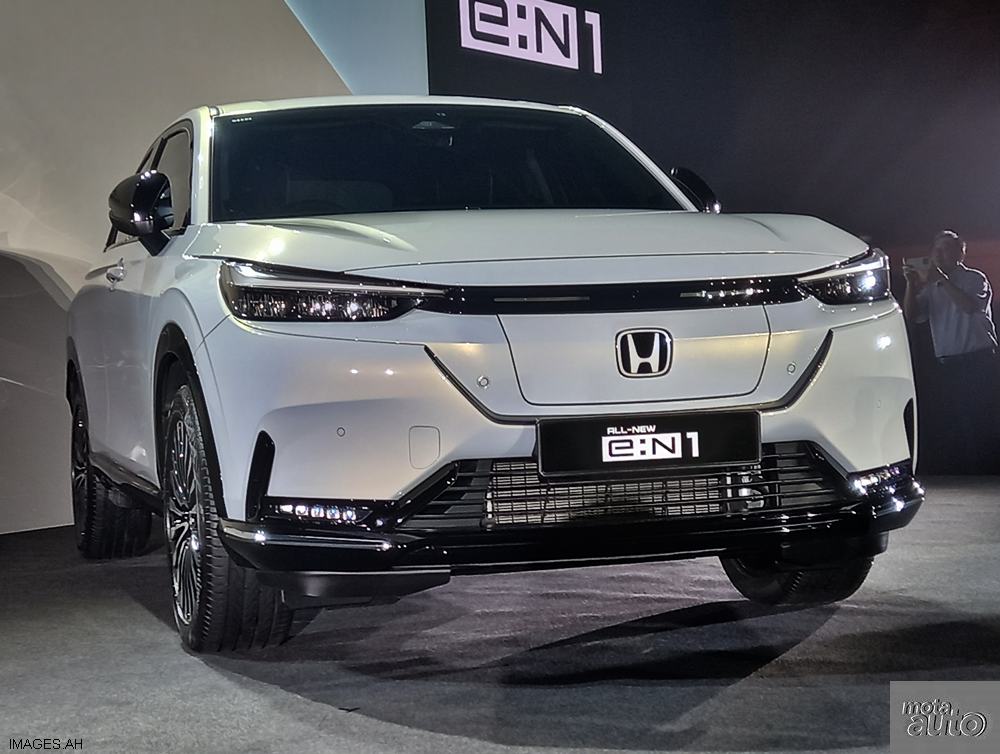
HR-V looks
As mentioned earlier, the e:N1 is similarly sized as a HR-V and many also see similarities in the styling. To distinguish Honda’s EV models, the ‘H’ badge at the front and rear is different from that of other Honda models. It is not the one that is being used in the Honda 0 Series shown at CES 2025 (which is a modernised version of the original 1961 logo) but there are subtle differences, with the white colour being notable.
![Honda e:N1 EV [2025]](https://www.motaauto.com/wp-content/uploads/2025/05/Honda-en1-EV-2025.jpg)
![Honda e:N1 EV [2025]](https://www.motaauto.com/wp-content/uploads/2025/05/Honda-eN1-EV-2025-1.jpg)
Man Maximum/Machine Minimum
Inside, the cabin design maintains Honda’s concept of M/M – Man Maximum, Machine Minimum – which you find in every model from the brand. The interior designers chose a theme of ‘Nature & Comfort’ with a minimalist appearance and blue ambient lighting giving an ‘EV ambience’.
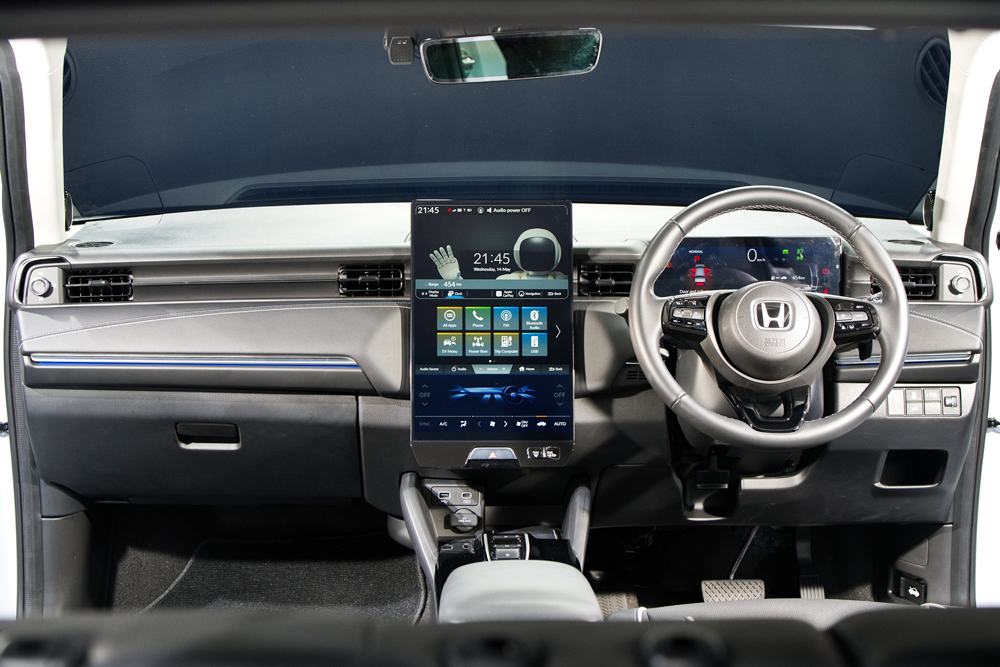
Driving information is shown on a 10.25-inch TFT display while the infotainment system is managed on a 15.1-inch display in the portrait format. This vertical orientation saves space (horizontally) while allowing for 3 display levels with the apps or controls grouped according to function. The upper zone is for connectivity while the middle one is for direct access to various controls (including audio), and the bottom one is for the climate control system.
![Honda e:N1 EV [2025]](https://www.motaauto.com/wp-content/uploads/2025/05/Honda-EV.jpg)
Those who have driven the latest EVs, especially the Chinese ones, will have found that many settings can only be done from the touchscreen. With the Volvo EX30, even opening the glovebox and adjusting the door mirrors has to be done on the touchscreen! With the e:N1, somehow this seems to be less and there’s greater familiarity with what we are used to. In other words, there is not so much emphasis on putting everything on the screen.
![Honda e:N1 EV [2025]](https://www.motaauto.com/wp-content/uploads/2025/05/Honda-eN1-EV-1.jpeg)
Like many EVs, there is no shift lever and selection of drive modes is done by pressing buttons. A deceleration paddle is provided on the steering wheel to help slow down the vehicle. There is also no traditional brake lever as the parking brake is electrically controlled, so there is only a small tab which can be lifted with a finger. This frees up space between the seats which can be used for cupholders and storage of small items. A 15W wireless charging pad is also provided.
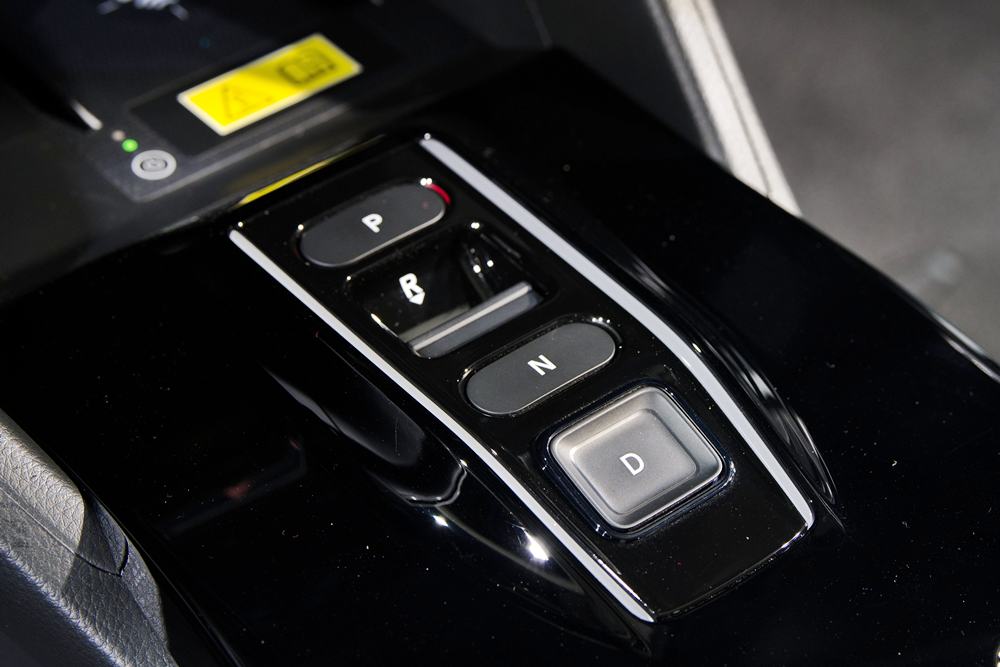
As for bigger storage spaces, there is the usual expandable space with divided folding rear backrests. The available volume is 344 litres which is average but there is 2-stage variability in the boot. The opening and closing is manually done and we feel that Honda should at least provide powered operation, if not handsfree activation as well.
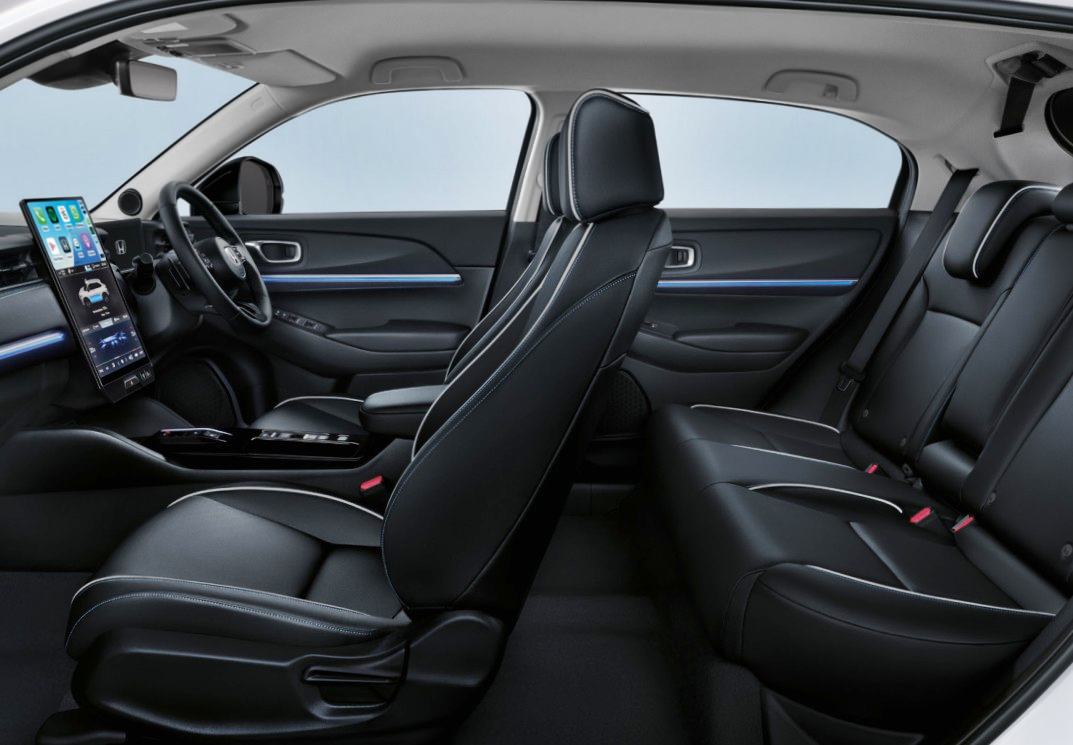
Full Honda SENSING package
At this time, the e:N1 has not been tested by ASEAN NCAP and there is also no C-NCAP (China NCAP) rating we could find. But we’re confident that Honda has ensured high safety standards and for active safety, there’s Honda SENSING with the ADAS (Advanced Driver Assistance System) suite being quite extensive and similar to what is found on the top versions of models like the Civic and CR-V.
![Honda e:N1 EV [2025]](https://www.motaauto.com/wp-content/uploads/2025/05/Honda-eN1-EV.jpeg)
The e:N1 comes with an 8-year or 160,000 km warranty (whichever comes first) on the battery packs and electric drive system. There’s also a free service package for 4 times (or maximum of 60,000 kms) within the first 3 years of ownership.
The Honda Insurance Plus package is also available from authorised Honda dealers. Besides the usual benefits, there are also additional EV benefits such coverage for damage or injury while using public EV chargers; protection for EV Home wall charger against fire, lightning, theft or natural disasters; coverage for loss or damage to the portable charging cable; and personal liability coverage for bodily injury or damage to third-party property arising from the use of the EV home wall charger.

